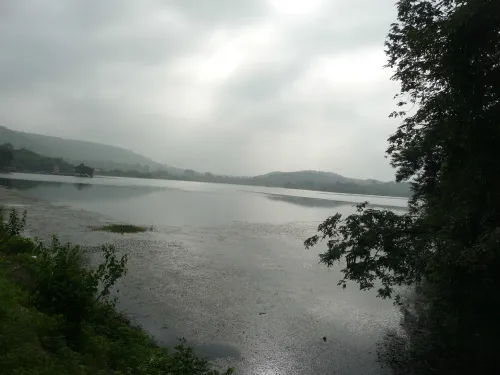
Kagadi Pikup Weir: A Hidden Gem in Uganda’s Water Management
Nestled in the heart of Uganda, the Kagadi Pikup Weir stands as a testament to the nation’s innovative approaches to water management and agricultural support. This under-the-radar infrastructure not only serves a crucial role in local water regulation but also reflects the broader efforts of Uganda to harness its water resources for sustainable development. In this blog post, we’ll dive into the significance of the Kagadi Pikup Weir, its construction, and the impact it has on the surrounding communities.
What is the Kagadi Pikup Weir?
A weir is a barrier across a river designed to alter its flow characteristics, typically to control water levels or improve water quality. The Kagadi Pikup Weir, located in the Kagadi District, is a structure that helps manage the flow of the river it spans. Its primary functions are to regulate water flow, prevent flooding, and provide a reliable water source for agricultural and domestic use.
Construction and Design
The Kagadi Pikup Weir was constructed with a focus on durability and efficiency. It features a concrete structure that includes a spillway to handle excess water during heavy rainfall and a sluice gate system to regulate water release. The design ensures that the weir can withstand varying water levels and provides a steady flow to downstream areas.
Importance to Local Agriculture
Agriculture is a cornerstone of the Ugandan economy, and the Kagadi Pikup Weir plays a significant role in supporting this sector. By controlling water flow, the weir helps ensure a consistent water supply for irrigation, which is vital for the cultivation of crops such as maize, beans, and vegetables. This reliable water source can boost crop yields and reduce the impact of seasonal droughts, contributing to food security and economic stability for local farmers.
Impact on Communities
Beyond its agricultural benefits, the Kagadi Pikup Weir positively affects local communities in several ways:
Flood Prevention: By managing river flow, the weir helps prevent flooding, which can devastate homes, infrastructure, and farmland. This protective measure reduces the risk of displacement and economic loss for residents.
Water Supply: The regulated water flow ensures a steady supply for domestic use, including drinking, cooking, and sanitation. This contributes to improved public health and quality of life.
Economic Opportunities: Reliable irrigation can lead to increased agricultural productivity, which opens up new economic opportunities. Farmers may find new markets for their produce, and local businesses can thrive as a result.
Environmental Benefits: Controlled water flow helps maintain ecological balance in the river system, supporting local wildlife and plant life.
Future Prospects
As Uganda continues to face challenges related to climate change and population growth, the role of infrastructure like the Kagadi Pikup Weir will become increasingly important. Ongoing maintenance and potential upgrades will be crucial to ensuring the weir’s continued effectiveness. Additionally, integrating modern technology and practices can enhance its efficiency and expand its benefits.
The Kagadi Pikup Weir might not be as widely known as some of Uganda’s other landmarks, but its impact on the local community and agriculture is profound. It embodies the innovative spirit of Uganda’s approach to water management and its commitment to sustainable development. By supporting agriculture, preventing flooding, and providing essential water resources, the Kagadi Pikup Weir is a cornerstone of local resilience and prosperity.
